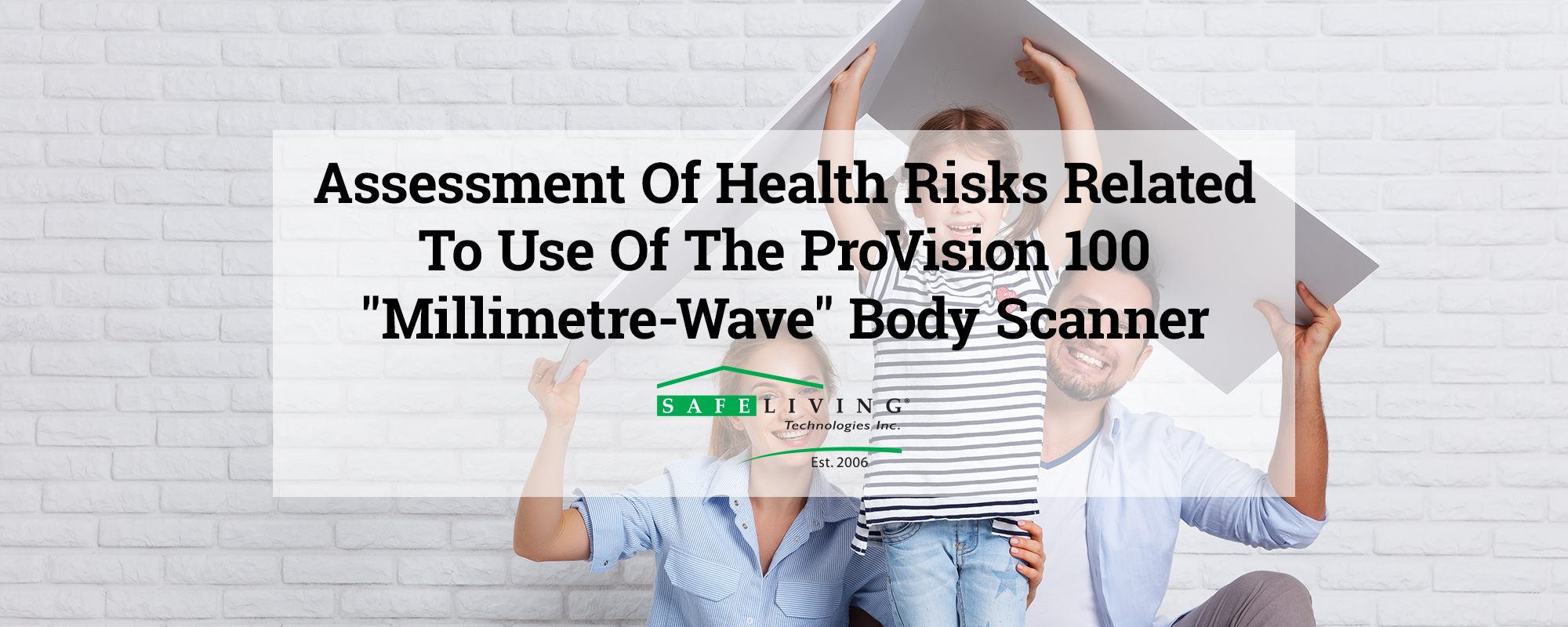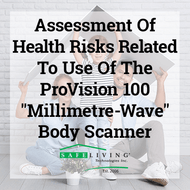Assessment Of Health Risks Related To Use Of The ProVision 100 "Millimetre-Wave" Body Scanner
Posted by Johanna Fite on 21st Nov 2023

Assessment Of Health Risks Related To Use Of The ProVision 100 "Millimetre-Wave" Body Scanner
4.2.4 Conclusion Concerning The Levels Of Exposure Measured
Apave and Emitech measured power densities of 347 and 640 μW/m² respectively. These values are fairly close to the value given in the TSA report, “TSA Whole Body Imaging” of 23 July 2009, which is 59.7 μW/m² [TSA, 2009]. The power densities measured during a scan are extremely low. A document published by the manufacturer15 indicates that the power density emitted by the device was calculated in conditions of maximum exposure: with frequency scanning paused, measurements in contact with the Lexan panel, and successive scans at the maximum repetition rate. The frequency chosen for the measurements was 24.624 GHz, and it was assumed that the power emitted at this frequency was representative of the power emitted at the other frequencies of the operating range. The power density measured in the worst case conditions is given as 100 μW/m², i.e. well below the exposure limit values. These data are in agreement with the measurements taken by Apave and Emitech.
For information, although the frequencies used are not the same, at the frequency associated with Bluetooth (2.4 GHz), the level of the electric field measured in maximum emissive conditions at 20 cm from an electronic organiser or from Bluetooth USB keys, is between 0.4 and 3 V/m (AFSSET report on radiofrequencies [AFSSET, 2009]), or between 0.42 and 23.9 mW/m².

